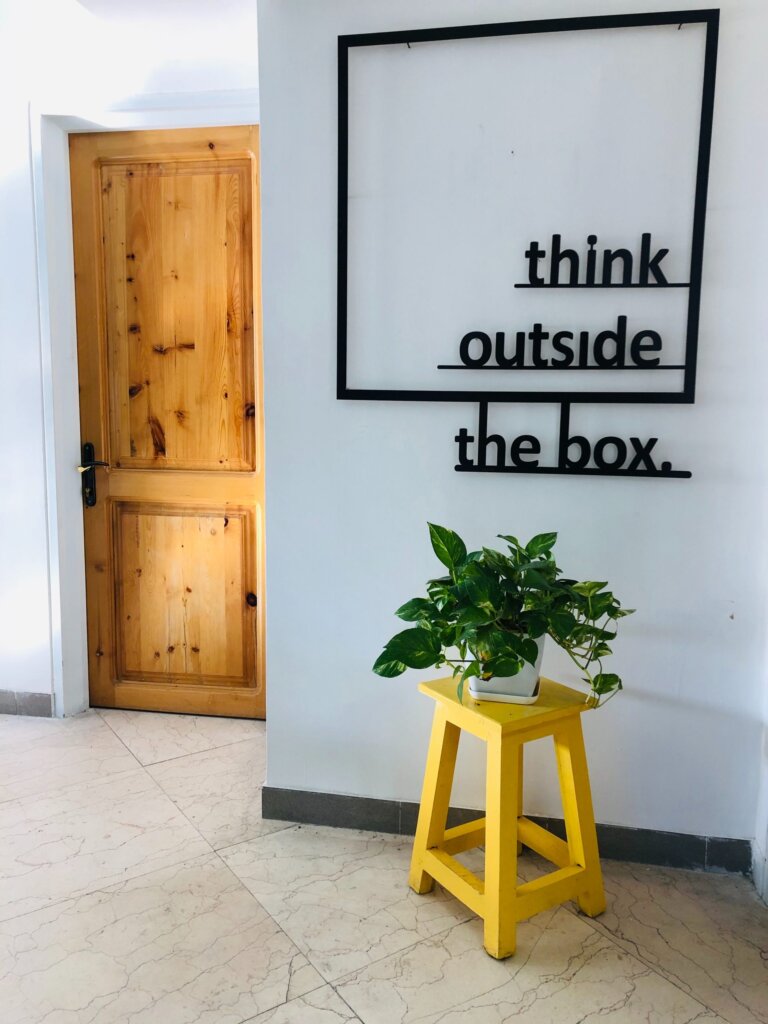3 Ways to Leverage Learning for Your Professional Development

One of the most influential people in the golf world for many years was Harvey Penick. His career began at the age of only eight years old when he began caddying for the Austin Country Club in Austin, Texas. Only five years later he became the club’s assistant pro. In 1923, at age 19, he graduated to head professional – a station he retained until 1971. Even after, he continued teaching until he passed away in 1995.
Throughout his illustrious career, Penick coached pro players such as Ben Crenshaw, Tom Kite, Kethy Wentworth, Sandra Palmer, and Mickey Wright. When Crenshaw won the Masters in 1995, he broke down and cried afterward because of Penick’s passing. Such was the mark Penick left on him and the rest of the golfing world.
And as much as Penick taught his pupils on golf, ambitious leaders can learn from him in the area of professional development. It may surprise you to learn that Penick was largely self-taught. For decades, he carried around a little red book in which he jotted down notes and observations to help him improve his game. He leveraged learning to up his game at every opportunity. And from that little red book, we now have Harvey Penick’s Little Red Book: Lessons and Teachings from a Lifetime of Golf, the best-selling golf book of all time. Because of his commitment to learning, he continues to impact others far beyond what he could have imagined.
Learning and Leading: The Path to Professional Development
Leaders are learners – or, at least, they should be, if they want to continue to be leaders. As you seek to grow your leadership skills, carry these attitudes toward learning with you.
1. INVEST IN YOUR OWN LEARNING FIRST.
Most leaders want to grow their business or organization. What is the one thing – more than any other that will determine the growth of the people in the organization? The growth of the people in the organization. And what determines the people’s growth? The growth of the leader! As long as people are following you, they will be able to go only as far as you go. If you’re not growing, they won’t be growing – either that or they will leave and go somewhere else where they can grow.
Investing in yourself first may look selfish to some of the people around you. They may even criticize you for it. But if they do, they may not understand how growth works. As a leader, you are responsible for your people. If you’re in no shape to lead well, where does that leave them?
If you look around, you can see a pattern at work in every area of life. Employees get better after their supervisor does. Kids get better after their parents do. Students get better after their teachers do. Customers get better after the salespeople do. Likewise, followers get better after their leaders do. It is a universal principle. President Harry Truman said, “You cannot lead others until you first lead yourself.” That is possible only if you invest in yourself first.
2. BE A CONTINUAL LEARNER OF PROFESSIONAL DEVELOPMENT.
Pastor Rick Warren, author of The Purpose Driven Life, says, “The moment you stop learning is the moment you stop leading.” If you want to lead, you have to learn. If you want to continue to lead, you must continue to learn. This will guarantee that you will be hungry for ever greater accomplishments. And it will help you maintain credibility with your followers.
Contrary to popular belief, the greatest obstacle to discovery isn’t ignorance or lack of intelligence. It’s the illusion of knowledge. Take, for example, the Dunning-Kruger effect: an observable psychological phenomenon showing the negative relationship between ability and self-perception. In summary, research shows the less we know in a particular field, the more likely we are to overestimate our skills in that field. We make more mistakes. We miss things. In contrast, the more we know, the more we know we need to know – and the more we continue to pursue that knowledge.
What kind of attitude do you have when it comes to learning? Leaders usually live in one of three zones:
- The challenge zone: “I attempt to do what I haven’t done before.”
- The comfort zone: “I do what I already know I can do.”
- The coasting zone: “I don’t even do what I’ve done before.”
We all start in the challenge zone. After we’re born, we learn to eat, talk, and walk. Then we go to school to keep learning. But there comes a time in everyone’s life when we don’t have to keep trying new things. It’s a pivotal time. At that point, you choose which of these three zones you’ll live in: the zone where you continue to try new things and explore; the zone where you no longer take risks; or the zone where you no longer try at all. As you choose today, think on the words of minister Philips Brooks, who spoke at Abraham Lincoln’s funeral:
Sad is the day for any man when he becomes absolutely satisfied with the life he is living, the thoughts he is thinking, and the deeds that he is doing; when there ceases to be forever beating at the doors of his soul a desire to do something larger which he seeks and knows he was meant and intended to do.
3. CREATE A GROWTH ENVIRONMENT FOR THE PEOPLE YOU LEAD.
The road to success is uphill all the way, and most people are not willing to pay the price. Many people would rather deal with old problems than find new solutions.
If you are investing in yourself and have adopted the attitude of a continual learner, you may think you’ve done all you need to do in the areas of personal and professional development. But as a leader, you have one more responsibility. You need to create a positive growth environment for the people you lead. If you don’t, the people in your organization who want to grow will find that difficult, and they will eventually seek out other opportunities.
What does a growth environment look like? Consider these ten characteristics:
- Others are ahead of you.
- You are continually changing.
- Your focus is forward.
- The atmosphere is affirming.
- You are often out of your comfort zone.
- You wake up excited.
- Failure is not your enemy.
- Others are growing.
- People desire change.
- Growth is modeled and expected.
If you can create a growth environment, not only will the people in your organization grow and improve, but people with great potential will know down your doors to become part of your team! It will transform your organization.
Why John Maxwell started a coaching company
Have you heard the reason why—eleven years ago at the age of 65—John Maxwell started a coaching company? In short, because John realized that everything rises and falls on leadership. The world needs more high-impact leaders… just like you. My friend John Maxwell here is looking for leaders with a true commitment to lead through positive influence. Is that you? Is Maxwell Certification right for you? There’s only one way to find out… Talk to a Program Advisor. Click here to fill out the very short form and we’ll set up a call.
More Articles

Do I Believe The Best In Others?

BIG ANNOUNCEMENT!









Be the first to comment on "3 Ways to Leverage Learning for Your Professional Development"